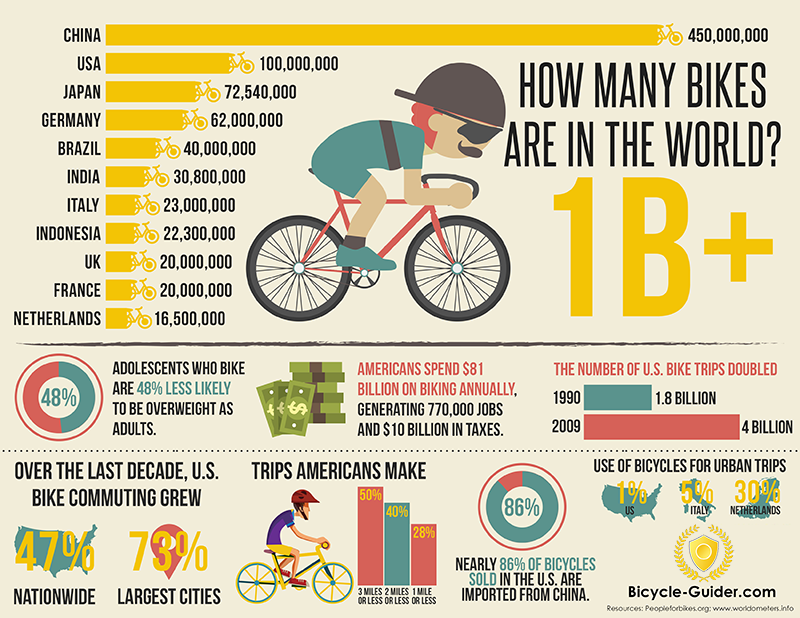E-Bikes And Typical Bikes: Discovering The Very Best Fit For Your Biking Preferences
E-Bikes And Typical Bikes: Discovering The Very Best Fit For Your Biking Preferences
Blog Article
Material By-Thurston Bramsen
When determining between an E-bike and a typical bike, you might find yourself at a crossroads. The choice eventually boils down to your particular demands and preferences. E-bikes supply electric assistance for a smoother experience, particularly on difficult surfaces, making your commute simpler and a lot more satisfying. Nonetheless, traditional bikes give a timeless exercise experience that some motorcyclists choose. As you consider the benefits of each choice, take into consideration elements like performance, cost, and environmental influence to identify which one straightens best with your way of living and goals.
Efficiency Differences
When contrasting e-bikes and standard bikes, among the essential elements to think about is their performance distinctions. E-bikes, with their electrical assist electric motors, offer riders an extra increase when pedaling, making uphill climbs and long distances much more manageable. This added power can assist you reach higher speeds with much less effort, enabling a smoother and more pleasurable adventure overall.
On the other hand, standard bikes depend entirely on your physical strength to drive them onward. While this might provide a much more tough workout, it can also be tiring, particularly on challenging surfaces or during lengthy experiences.
In regards to speed, e-bikes normally have a greater maximum speed compared to traditional bikes. The electrical motor can aid you in reaching rates of approximately 28 miles per hour, depending upon the model and regional guidelines. Conventional bikes, on the other hand, typically have lower maximum speeds, which are limited by your physical capabilities. This can make a difference, especially for commuters or those aiming to cover longer ranges in a much shorter quantity of time. Inevitably, https://newatlas.com/moar-folding-electric-fat-bike/48043/ in between e-bikes and standard bikes come down to personal preference and the details needs of the biker.
Cost Factors to consider
For those considering the purchase of a brand-new bike, cost factors to consider play a significant duty in the decision-making process. When comparing e-bikes and traditional bikes, it's vital to assess not only the ahead of time price but also the lasting expenses. E-bikes usually come with a higher preliminary price tag as a result of their electrical components, yet they can potentially save you money in the future by lowering transport prices and maintenance fees.
Traditional bikes, on the other hand, have a tendency to be a lot more cost effective ahead of time and have reduced maintenance expenses, yet they may require even more physical effort to ride, affecting your travelling costs and time.
When deciding between an e-bike and a typical bike, think of your spending plan and just how much you're willing to purchase your new trip. Consider https://zenwriting.net/antone11jackqueline/the-growth-of-electric-bikes-patterns-and-developments-worth-noting like the expense of billing an e-bike versus buying fuel for a typical bike, in addition to the expenditures associated with repair work and replacements in time. Inevitably, the appropriate option will certainly rely on your economic situation and the value you put on ease and performance.
Environmental Impact
Thinking about the ecological influence of your selection in between an e-bike and a conventional bike is vital in today's eco-conscious world. Both e-bikes and conventional bikes have their environmental advantages and disadvantages.
E-bikes are powered by electrical power, which can be produced from eco-friendly resources, making them a cleaner choice compared to traditional bikes that count on human power. However, the manufacturing and disposal of e-bike batteries can have adverse ecological repercussions if not handled correctly.
On the other hand, traditional bikes do not produce any emissions during usage and have marginal environmental effect in terms of production and disposal. By selecting a conventional bike, you can decrease your carbon footprint and add to a much healthier earth.
Inevitably, the option between an e-bike and a standard bike comes down to your priorities and the level of ecological influence you fit with. Make an informed decision that aligns with your worths and aids safeguard the environment for future generations.
Conclusion
So, when choosing in between an e-bike and a standard bike, all of it boils down to what matches your needs and choices best. If you want an easier experience with much less physical effort, opt for an e-bike. Yet if you appreciate a more challenging workout and don't mind putting in the initiative, stick to a conventional bike. Consider your priorities and lifestyle to make the very best option for you.
